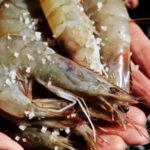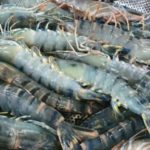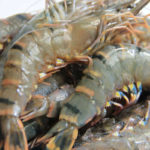Shrimp is a seafood that is loved by many people because of its delicious and nutritious taste. Shrimp is high in protein, low in fat, low in calories, and rich in calcium…
Shrimp can be grilled, boiled, steamed, fried, stir-fried, cooked into porridge, soup… all create delicious dishes. However, boiling shrimp is the simplest way to cook and preserve the delicious taste of the ingredients. Many people do not know how to boil shrimp properly at home, resulting in bland, mushy, and fishy shrimp.
To boil delicious shrimp, you need some tips below.
Choose good shrimp
To have delicious boiled shrimp, you need to have good ingredients. When buying shrimp, look at the shell. Fresh and good sea shrimp often have a blue-white shell, while male shrimp have a light yellow color. The shrimp shell must be shiny and firm. The head and legs of the shrimp must be firmly attached to the body.
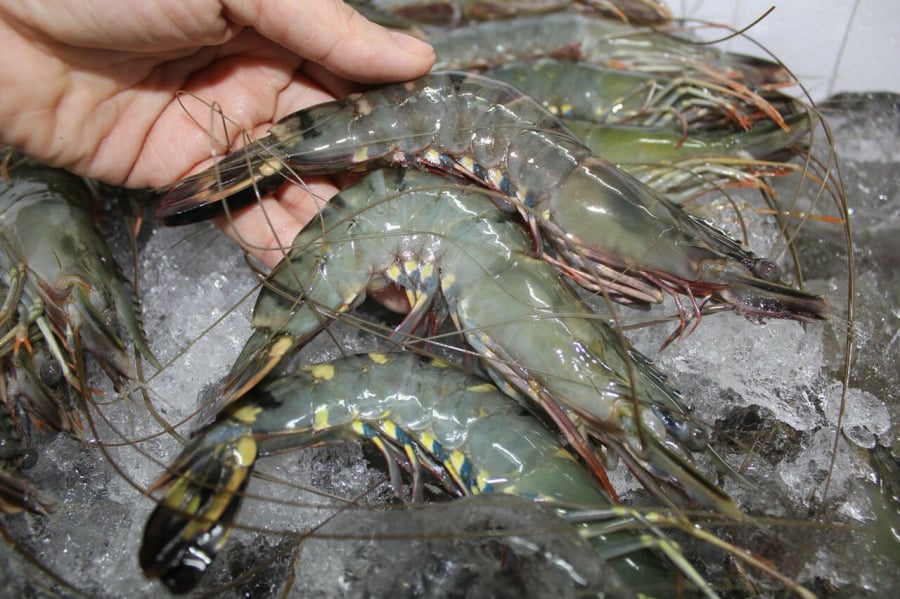
When buying frozen shrimp, you should choose ones that have a curved shape. That is the shrimp that is still alive before freezing. Shrimp that is no longer fresh and then frozen usually has a straight shape because they do not have the strength to keep their body straight.
Prep the shrimp
Wash the purchased shrimp thoroughly with water and remove the black vein inside. You can use scissors to trim the shrimp’s whiskers but do not peel off the shell, head, and tail of the shrimp. Keeping the shrimp intact like that will preserve more nutrients, and the shape of the shrimp will also be beautiful.
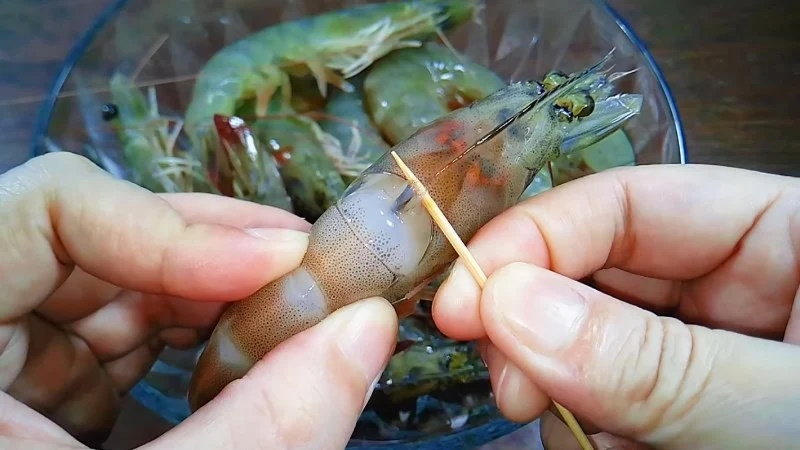
You can use a toothpick to remove the black vein on the shrimp’s back.
Add a spoonful of salt to a bowl of water, then soak the shrimp for a while to make them completely clean. After that, remove the shrimp and rinse them again with clean water.
Some boiling tips
Boil shrimp with hot water or cold water?
Put the pot on the stove, add enough water, no need for too much water because it will make the shrimp taste bland.
Add a few slices of ginger, lemongrass, crushed lemongrass, and cleaned spring onions to the boiling water. When the water is hot, you will see bubbles rising at the bottom but not boiling completely, then add the shrimp. Then, add a little salt and white wine, cook for about 2-3 minutes (depending on the size of the shrimp). The wine will help eliminate the fishy smell and make the shrimp turn a beautiful red color.
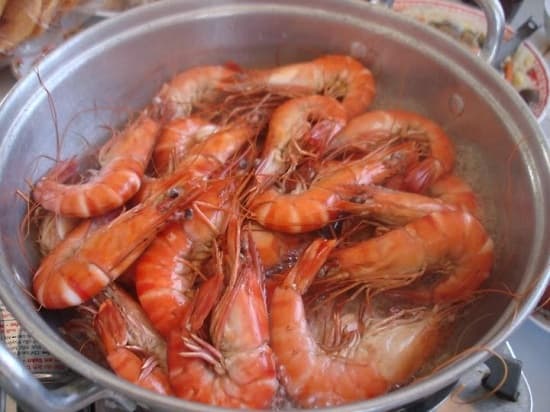
Wait for the shrimp to curl back, and the entire shell turns red, then immediately remove them to a dish.
If you use cold water, it will increase the cooking time and reduce the sweet taste as well as the nutrients of the shrimp. If you boil the water first and then add the shrimp, it will make the shrimp shrink quickly, and the taste of the shrimp will not be as delicious.
Many people suggest that after boiling the shrimp, you can put them in a bowl of ice water to make the shrimp firmer and the meat more delicious. However, with seafood, we often eat them hot to avoid a fishy taste. Therefore, you do not need to soak the shrimp in ice water before eating.
Boiling frozen shrimp
If you are boiling frozen shrimp, you have to thaw them at room temperature first. Then, put the water pot on the stove, add ginger, lemongrass, spring onions, salt, and cooking wine. Boil until the water is hot and then add the shrimp to boil for about 3-5 minutes (depending on the size of the shrimp).
Boiling shrimp without water
If you are concerned that the shrimp will be bland, you can also choose a method of not directly putting the shrimp into the water.
Place the cut lemongrass and ginger slices at the bottom of the pot. Then, place the cleaned shrimp on top. Add 1-2 teaspoons of whole coffee beans and 30ml of white wine. Cover the pot and boil the shrimp for about 5 minutes over medium heat.
When the shrimp curls back, and the shell turns pink, uncover the pot and reduce the heat. If you let the wine evaporate for about 2 minutes, you can enjoy it.
According to Xe và thể thao
How to Choose Fresh Seafood: Important Cabinet Tips
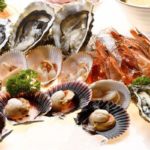 Tips‘>
Tips‘>In recent years, concerns have been raised over the practice of injecting urea and chemicals into seafood, making it difficult to find safe and fresh options. To help, DienmayXANH.com offers some tips on how to select the best seafood available. Seafood is a rich, delicious, and nutritious source of food, and this advice will help ensure you make the most of it.

























